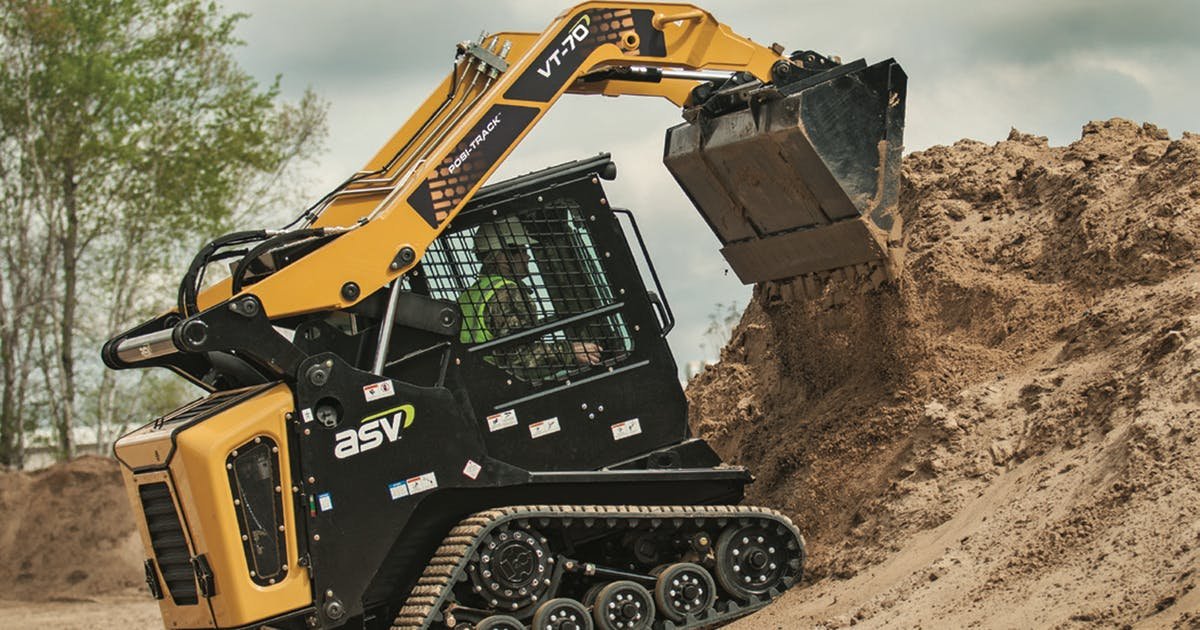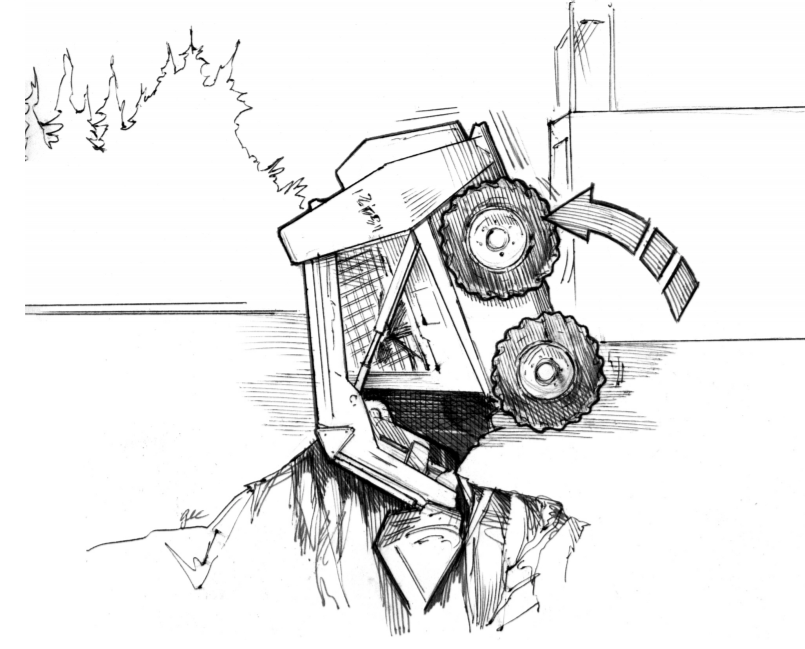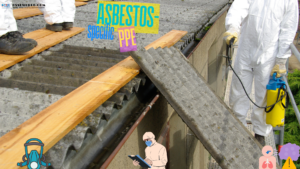Skid Steer Loaders Risks
4 min readSkid-steer loaders present a number of risks to workers. The most types of injuries caused by skid-steer loaders are rollovers on soft or steep ground and crush injuries when safety features have been bypassed or removed, and during maintenance.
Skid-steer loaders present a number of risks to workers. The most types of injuries caused by skid-steer loaders are rollovers on soft or steep ground and crush injuries when safety features have been bypassed or removed, and during maintenance.


In recent years there have been several fatal accidents involving skid steer loaders. Operators have been crushed when they exited skid steer loaders with the lift arms raised or when they operated controls from outside the cab. They have also been run over after leaving the controls with the engine running.
Workers can be:
- Pinned between the bucket and frame of the machine or between the lift arms and frame.
- Struck and crushed by the bucket, bucket arms, or material falling from the bucket.
- Injured in rollovers and runovers.
Below we will explain three incidents by steer skid loader and some or information on the safe operation of skid-steer loaders.
Case: 1 Raised lift arms can be deadly!
In a recent accident, a worker removed a loader’s lift arm cylinders. He left the bucket in an elevated position, approximately 1.4 metres (4.5 feet) off the floor. The bucket and arms were blocked by placing two braces between the front of the loader and the bucket mounting plate. The manufacturer’s instructions state that when lift cylinders are removed, the loader bucket and arms must be less than half a metre (1.5 feet) above the ground and must be placed on secure blocking. Additional blocks may have to be placed at the rear of the machine to keep the front wheels from lifting. When the worker tried to reinstall the lift arm cylinders five days later, he found that the lift cylinder pistons needed to be adjusted in order to refit the arms. He started the engine, then moved between the raised arms and the frame, leaning over to activate the foot control that moves the lift cylinders. Over the five days in the raised position, the bucket pivot had crept out of position, forcing the two braces from the secure position. As the worker activated the foot control, the bucket tilted, dislodging both braces. The now unrestrained bucket and arms swung down, crushing and killing the worker.
Safe work practices
- Follow the manufacturer’s operating and servicing instructions.
- Never operate the machine from the outside of the cab.
- Always lower the lift arms before exiting the cab.
- Turn off the engine and set the parking brake whenever you exit the loader.
- Elevate loads no higher than necessary.
- Avoid working or moving below elevated loads.
- If you must work beneath an elevated load, securely block it and do a hazard assessment to ensure the blocking will remain secure.
Case: 2 Skid Steer Loader Tips Over
An operator of a skid steer loader stopped the loader at the edge of an excavation. The operator started to lower the bucket. The loader tipped forward and fell into the excavation—narrowly missing a natural gas pipeline. The operator was not injured. The primary cause of the accident was the improper use of a light material bucket. The skid steer loader’s light material bucket had been modified, further increasing the volume capacity of the bucket and also adding extra weight to the bucket itself.
Safe work practices:
- Educate and train operators in safe work procedures and equipment specifications.
- Always use the appropriate bucket for the material being moved. A bucket rated for light material must not be used for excavation work.


Case: 3 Crossbar on lift arms of skid-steer loader drops onto worker
A worker was leaning over the engine of a skid-steer loader, troubleshooting a mechanical problem. The loader operator was seated in the cab with the engine running. The boom lock pins were not engaged to prevent the loader’s lift arms from moving. The lift arms lowered unexpectedly, pinning the worker between the crossbar of the lift arms and the engine compartment. The worker suffered fatal injuries.
Safe work practices:
- Never work on mobile equipment with the engine running. Before servicing a skid-steer loader, set the parking brake, lower the bucket flat to the ground, turn off the engine, and remove the key from the ignition.
- Authorize only adequately instructed and trained workers — who must also demonstrate competency — to operate and service equipment.
- Follow the manufacturer’s safety instructions for operating and servicing equipment.
- Inform all workers of the health and safety hazards to which they are exposed when operating equipment. Provide workers with the information, training, and supervision necessary to ensure their safety when using equipment.
- Instruct workers to report any unsafe conditions. Do not allow workers to operate malfunctioning equipment





